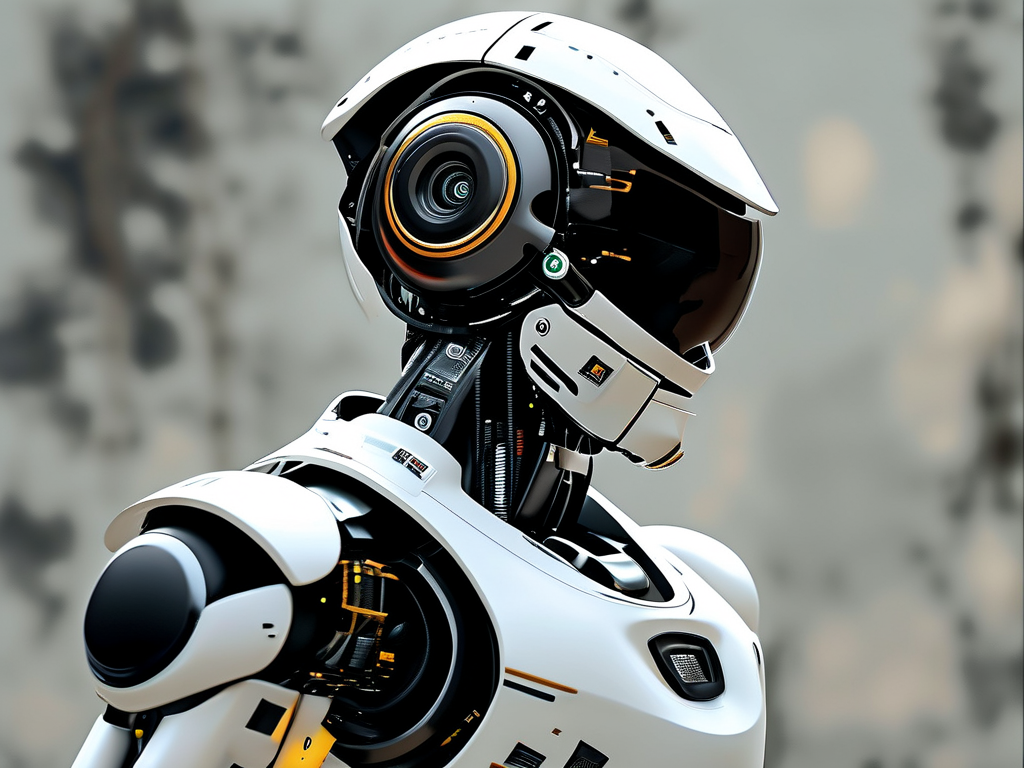The role of a Robotics Technology Director is pivotal in shaping the future of automation and intelligent systems within an organization. As industries increasingly rely on robotics for manufacturing, healthcare, logistics, and beyond, hiring the right leader for this position demands a rigorous evaluation of technical expertise, strategic vision, and managerial acumen. Below, we explore the essential criteria companies should prioritize when recruiting for this high-stakes role.

Technical Mastery and Innovation
A Robotics Technology Director must possess deep expertise in robotics engineering, including proficiency in areas such as artificial intelligence (AI), machine learning (ML), computer vision, and sensor integration. Candidates should demonstrate hands-on experience with robotic hardware-software co-design, real-time control systems, and emerging technologies like swarm robotics or human-robot collaboration frameworks. Familiarity with industry-standard tools—ROS (Robot Operating System), simulation platforms like Gazebo, and programming languages such as Python, C++, or MATLAB—is non-negotiable.
Moreover, innovation is a cornerstone of this role. The ideal candidate should have a proven track record of leading R&D initiatives, patent filings, or publications in reputable journals. They must stay ahead of trends, whether in soft robotics, edge computing for autonomous systems, or ethical AI governance, to drive competitive advantage.
Leadership and Cross-Functional Collaboration
Beyond technical prowess, a Robotics Technology Director must excel in leadership. This includes managing multidisciplinary teams of engineers, data scientists, and product managers. Strong communication skills are critical for translating complex technical concepts to stakeholders, from C-suite executives to non-technical partners.
Experience in scaling robotics solutions from prototype to production is equally vital. Candidates should showcase success stories in optimizing workflows, reducing time-to-market, or resolving bottlenecks in deployment. For instance, a candidate might highlight how they streamlined a warehouse automation project by integrating IoT-enabled robots with warehouse management systems, resulting in a 30% efficiency boost.
Strategic Vision and Business Alignment
A forward-thinking mindset separates exceptional candidates from competent ones. The director must align robotics initiatives with broader business goals, whether reducing operational costs, enhancing product quality, or entering new markets. This requires fluency in market analysis, budgeting, and risk management.
For example, a director might spearhead a initiative to deploy surgical robots in healthcare, requiring not only technical oversight but also navigating regulatory compliance, partnerships with medical institutions, and ROI analysis. Demonstrating an ability to balance innovation with pragmatic business outcomes is key.
Cultural Fit and Adaptability
Finally, cultural alignment cannot be overlooked. Robotics leaders must thrive in fast-paced, iterative environments. Startups may prioritize agility and scrappiness, while established corporations might value experience in governance and large-scale system integration.
Adaptability is equally crucial. The rapid evolution of robotics demands leaders who can pivot strategies in response to technological shifts—such as the rise of quantum computing or 5G-enabled robotics—while maintaining team morale during transitions.
Hiring a Robotics Technology Director requires a holistic approach. Companies must assess not only technical credentials but also leadership caliber, strategic thinking, and cultural synergy. By prioritizing these competencies, organizations can secure a visionary leader capable of driving robotics innovation and delivering transformative business impact.

